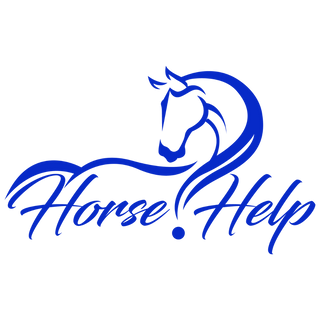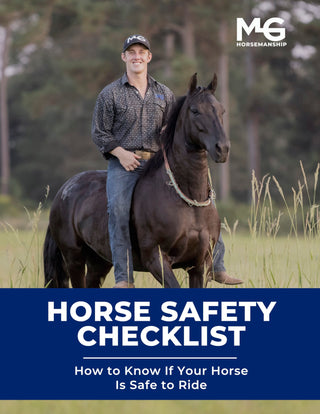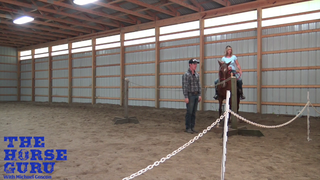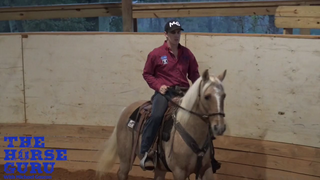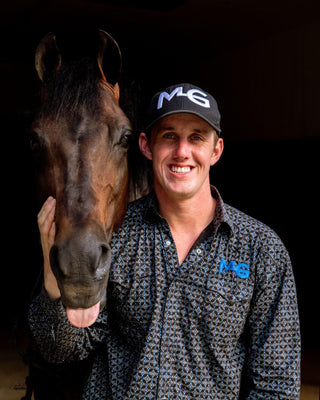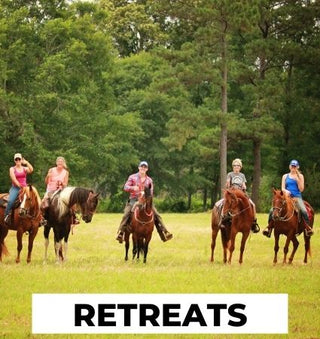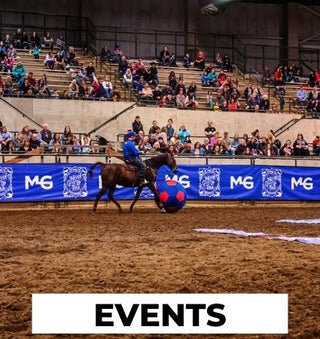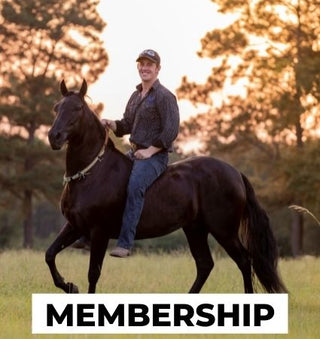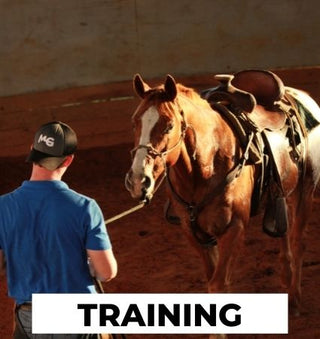Watch the Video Here or continue reading below!
In this 9th Grade Q&A session from a Michael Gascon horse training clinic, riders get answers to common problems related to flexing in motion, building softness, and keeping a horse’s attention under saddle. Whether you're struggling with resistance, crooked movement, or a horse that gets distracted in the arena, this session offers practical, hands-on advice you can apply today.
Rewatch the Replay
Yes, it’s recorded and available for review
Due to limited service at the event location, the video was recorded for participants to watch later. If you missed any part of the live session, don't worry—it’s available for replay either the same evening or first thing the next morning.
Understanding Flexing in Motion
Teaching your horse to give before they pull
One rider asked about their horse, Coda, who struggles during flexing in motion and tends to turn instead of going straight. The solution? Go back to the basics:
-
Spirals help: They improve shoulder control and directional clarity.
-
Flex to one side until the horse gives easily. It’s better to whole-ass one thing than half-ass two.
-
Circle until softness appears: Make it so the horse can't keep turning, and he’ll learn to yield his face instead of his body.
Key takeaway: Get one side soft and easy, then work the other. Once both sides are responsive, the horse can go straight with control.
Fixing Resistance on One Side
How to handle horses that are stiff only on one side
Another rider asked about a horse that’s responsive to the right but resistant to the left. Should they adjust the rein placement? Michael’s advice:
-
Keep reins balanced, but focus your flexing on the stiff side.
-
Touch and release repeatedly—start with a pebble, and you'll move a mountain.
-
Don't avoid the problem: Horse trainers work on what the horse doesn’t want to do. That’s how progress is made.
Pro tip: The horse—not you—should feel the discomfort of resistance. Once they soften, stop and move on.
The Power of Repetition and Pressure
Training through consistent, purposeful work
Michael shared his personal routine to emphasize commitment. Each day, he starts with coffee and then immediately works with horses on whatever they dislike—50 flexes, a swim, trailer loading, stopping 50 times—whatever is needed.
Why it matters:
"If you do what your horse doesn’t want to do for 30 days, you’ll have a broke, willing, and disciplined horse."
But remember, once the horse does it well, don’t drill it. Move on to the next area of growth.
When Your Horse Won’t Focus in the Arena
Dealing with looky-loo behavior under saddle
A common question: What if your horse is focused on you during groundwork but completely distracted under saddle?
Michael recommends:
-
Increase pressure when necessary: Just like switching from a flat collar to a choke chain for a dog that won’t listen.
-
Reinforce right from wrong: Some horses need just an open hand, others need more consequence.
-
Customize the correction: Every horse is different, but the principle stays the same—be willing to go one step further than the horse is comfortable with.
Flexing in Motion and Speed Control
How flexing helps with trail horses that rush
Horses often stiffen up the faster they go. That stiffness leads to the rider feeling out of control—not the speed itself.
-
Brakes, gas, and steering are all in the horse’s head.
-
Flexing in motion keeps the horse soft even while moving quickly.
-
A soft horse can go fast without becoming dangerous or unresponsive.
Final thought:
“Flexing in motion gives you the feeling of control—even at speed.”
Watch More: Flexing in Motion Training Videos
Deep dive into advanced techniques
Michael mentioned two detailed training videos now available inside the Gaited Horseman's Club:
-
Resistance Horse + Flexing in Motion
-
Advanced Flexing in Motion
These are great resources for riders working through stiffness, resistance, or wanting to improve gait and control.
Conclusion: Train What They Resist
The path to a soft, willing horse starts with flexing
Whether your horse is stiff, distracted, or reactive under saddle, the answer lies in consistent practice, intentional correction, and flexing in motion. By working through what your horse resists—and rewarding softness—you'll create a responsive, respectful partner both in the arena and on the trail.
